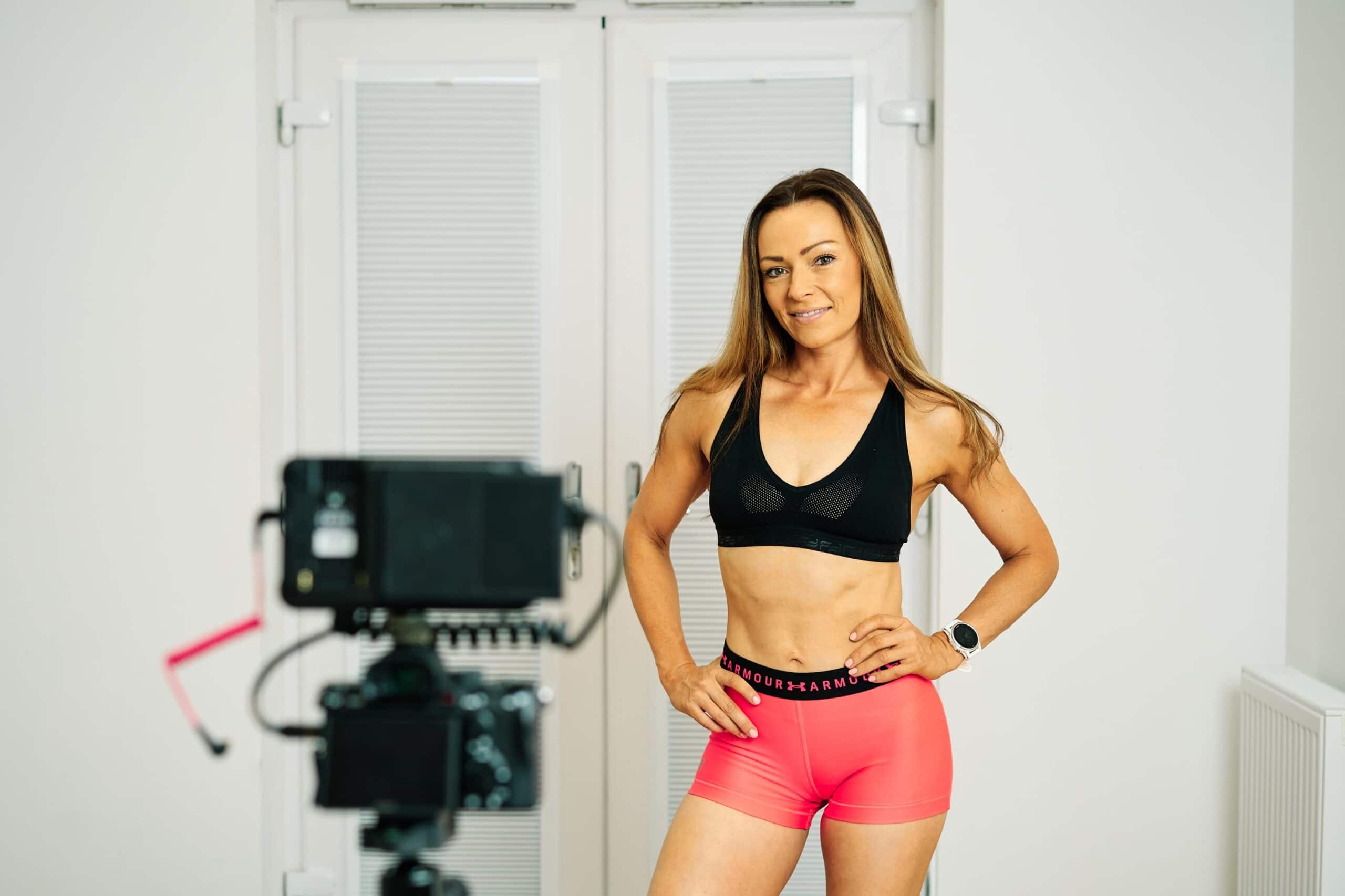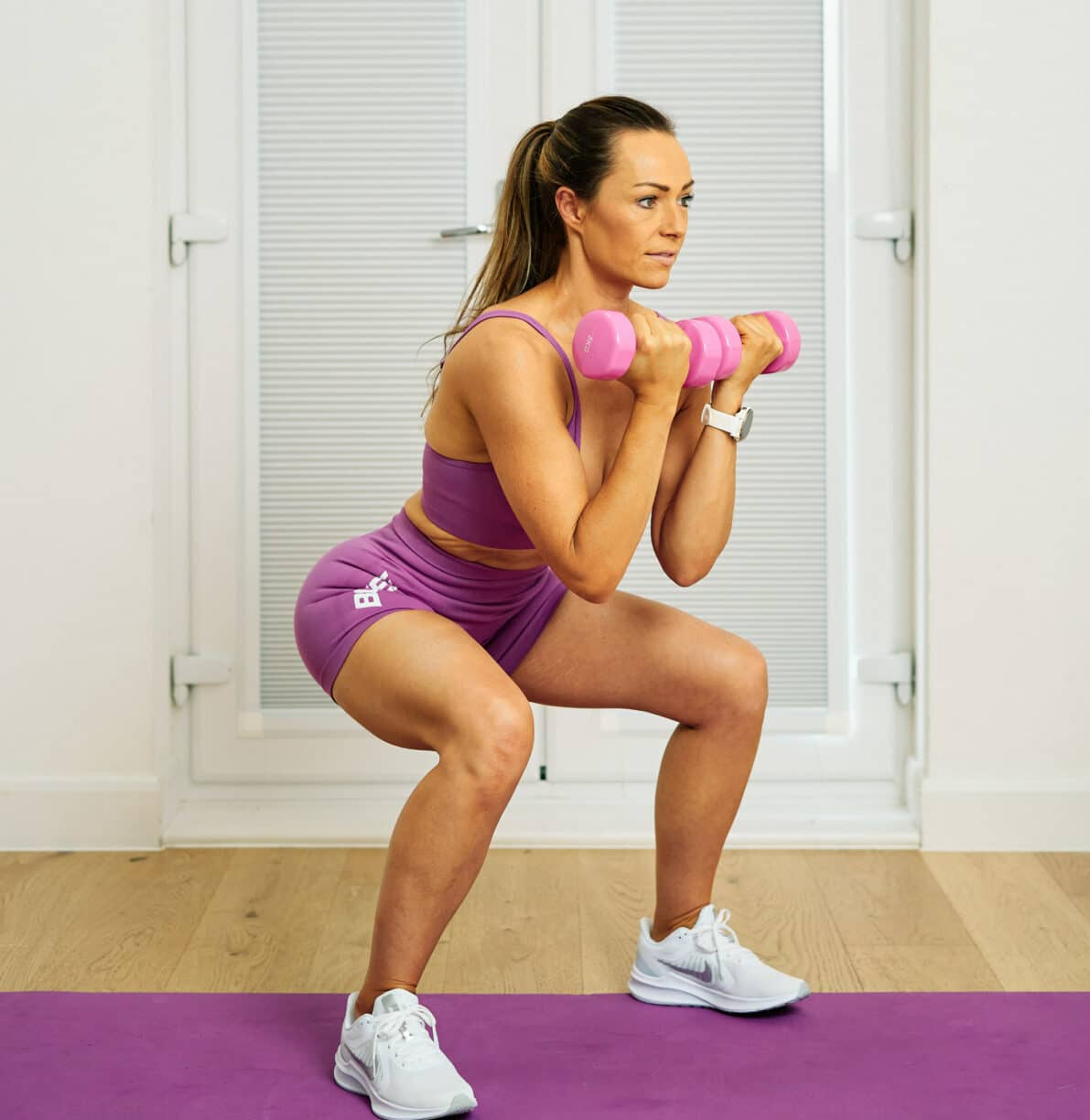As gyms and leisure centres closed in early 2020, the nation took to the internet in search of guidance and support with health and fitness.
Google queries and questions about ‘exercise’ increased at an extraordinary rate in March. In fact, more people took to the internet for help on the topic than ever before in history.
There’s no doubt about it, the internet has been a workout lifeline for millions. However, with such a vast amount of advice and information on offer, it’s easy to get deceived by all the noise.
Whilst some myths are no more than harmless half-truths, others could do more damage to your body than good.
Your body has its own truths
One of the reasons myths circulate in the first place is because we each respond differently to exercise. You must understand that what works for your BFF, neighbour or colleague might not work for you.
Shaking off these five exercise myths will give you the confidence to undertake a safer and more enjoyable workout. Let’s set them straight sooner rather than later.
Myth 1: A thigh gap is a symbol of a healthy body
The truth: There is no exercise you can do to create a thigh gap because, having one or not, is largely down to your genetics. For most women, a thigh gap is impossible, and it’s important to understand that it bears no reflection on overall health.
The myth has largely derived from the false reality of social media. It doesn’t take much scrolling to find an image of a woman appearing to look healthy and well, posing with a thigh gap created only by an illusion – pushing hips backwards and putting feet together like a pigeon.
The consequence is that people are using looks to define what healthy means to them and are putting huge pressure on themselves to achieve, what we know to be, the unattainable. The view that a person’s health is determined by appearance, couldn’t be further from the truth.
Over the past decade we’ve seen an alarming number of people looking for the secret of ‘how to get a thigh gap’ with online searches for the question peaking in 2015.
Although still a popular question, thanks to education and the amazing work of body positivity campaigners, the volume of those searching for ‘how to get a thigh gap’ has started to decrease.
Myth 2: Not feeling sore means you didn’t do a ‘good’ workout
The truth: Muscles become sore because a significant amount of stress is applied to tissue. While soreness and workout intensity are often connected, a ‘good’ workout should not be determined only by how you feel physically.
Being clear on the goal or objective of each of your workouts and understanding the impact that particular activity might have on your body, will help you determine how ‘good’ you think your workout was.
For example, if you decide to change your routine up and do something new, like swimming, this will work new muscle groups that have previously been idle, inevitably leading to sore muscles.
Remember, a ‘good’ workout is determined by more than one factor. Think of exercise as a tool to improve both your physical and your mental health.
Myth 3: You can only lose weight with hours of cardio
The truth: The formula for weight loss is simple – burn more calories in a day than you consume. Of course, cardio exercise does burn calories and will help get your caloric intake down, but the key is creating a routine that you can sustain throughout your weight loss journey.
Be smart about your choices; don’t set an expectation of yourself to spend hours on a treadmill if you don’t love cardio.
You will find it much easier to maintain your fitness programme by choosing activities that bring you joy and make you feel good. Whilst a strength workout may not get your sweating buckets or breathing heavily, you’ll actually continue to burn calories well after the session too.
Remember, exercise is just one tool in your weight loss box. Get your diet in check, prioritise your mental health and sleep, and ensure you set realistic expectations.
Myth 4: Eating before bed stores fat
The truth: What you do need to consider is not when you consume your calories, but how many calories you consume.
There has long been a common misconception that our metabolisms down-regulate at night and therefore the food you eat at night stores as fat.
Listen, your body does not release fat-storing goblins at night. Your body and your metabolisms are constantly running which means that when you sleep, your body will continue to burn fat.
Myth 5: Lifting weights will make you look bulky
The truth: Weight training has long-been associated with men, so there’s a misconception that if a woman uses them in a workout, it will increase muscle to the extent of looking ‘bulky’ or ‘manly’.
Now for an ounce of science to put your mind at ease. Women have less testosterone than men, which makes it almost impossible to put on the same muscle.
Choosing to use lighter weights and doing higher reps is a great way to tone. But also think of using weights as a way to improve your entire body; the way it functions, the way it moves, how it feels.
Learning to squat properly, lift weights and use your body as resistance will, without a doubt, help improve your overall health.
There is a tonne of misinformation out there, but don’t let it hold you back from achieving your goals. Crush the myths and focus on finding the truths about your own body. Remember, exercise is for the benefit of your mind and health, not just the look of your body.

